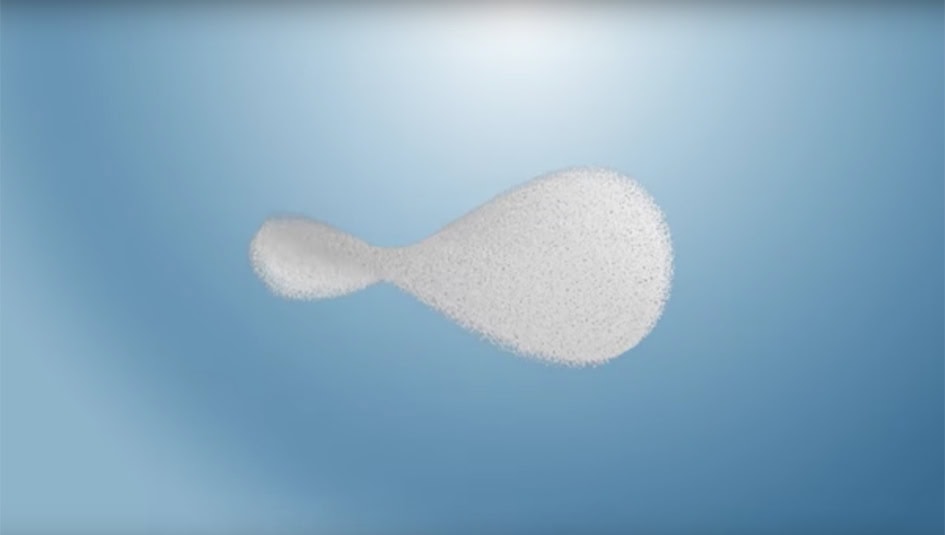Man Comes Off Insulin Therapy After Undergoing BioHub Treatment

This June, a 41-year-old man became the first European patient with Type 1 to come off insulin therapy after receiving a transplant of pancreatic islet cells using the BioHub technique. This therapy, engineered by the Diabetes Research Institute (DRI), protects transplanted islet cells from immune system attack.
Using the BioHub technique, DRI researchers and collaborators in Italy were able to virtually work together to transplant insulin-producing cells within a biological scaffold on the omentum (or tissue covering the abdominal organs). During the procedure, the patient’s own plasma is combined with the enzyme thrombin to create a gel-like substance capable of sticking to the omentum and holding the islets in place. The BioHub, a bioengineered mini-organ, is a spongy, silicon wafer which contains clusters of islet cells. Implanted islets have the potential to replace depleted insulin-producing cells, and create new insulin-producing cells in those with Type 1 diabetes.
This marks the second time a patient has come off insulin injections after undergoing this experimental treatment. In September 2015, DRI officials announced that a Texas woman with Type 1 became the first to go insulin-free after the treatment. DRI researchers have seen previous success with islet cell therapy transplantations used in combination with immunosuppressive drugs; the technique has helped two people with Type 1 go off insulin therapy.
To learn more about the BioHub program, click here.
Thanks for reading this Insulin Nation article. Want more Type 1 news? Subscribe here.
Have Type 2 diabetes or know someone who does? Try Type 2 Nation, our sister publication.